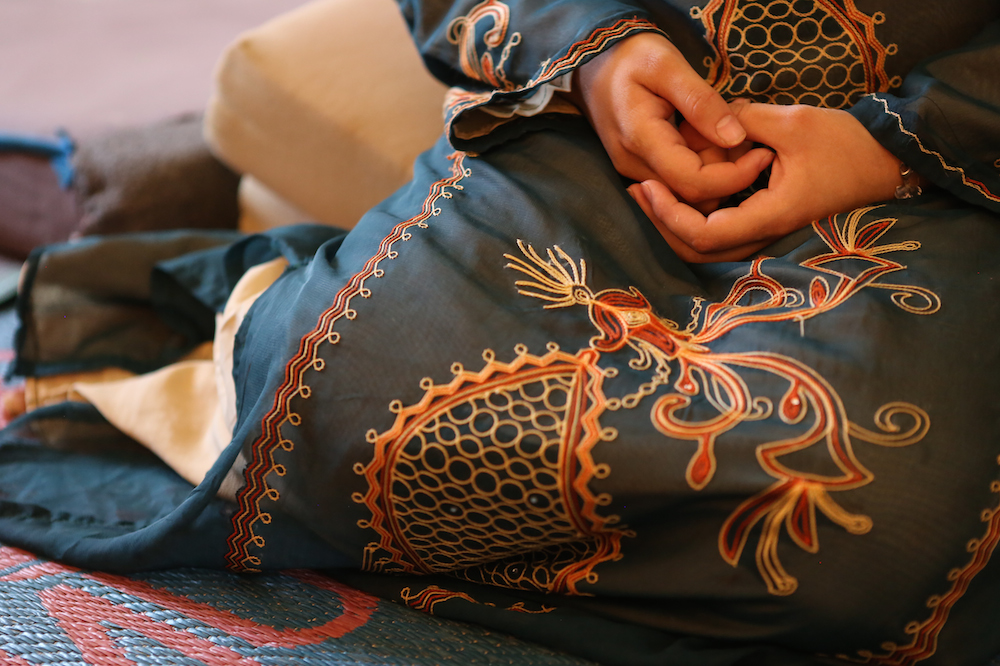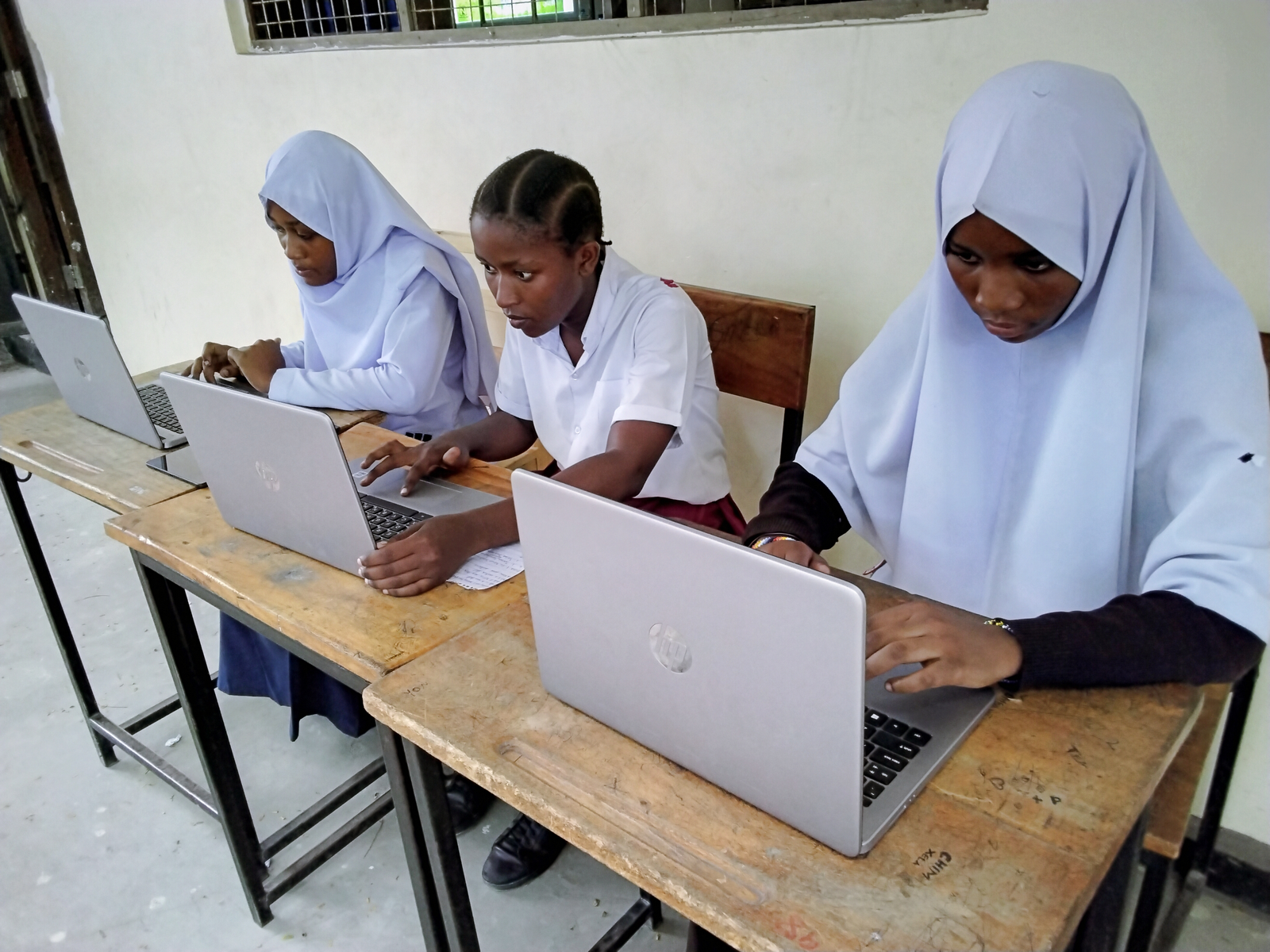Young victims of trafficking
More than a million children are trafficked each year around the world, according to UNICEF. Wrenched from their familiar life, they are relocated and forced to work, often in the sex trade but also in sweatshops, begging and agriculture.
The vast majority of them are girls and they are deprived of an education and trapped in a life of poverty and slavery.


